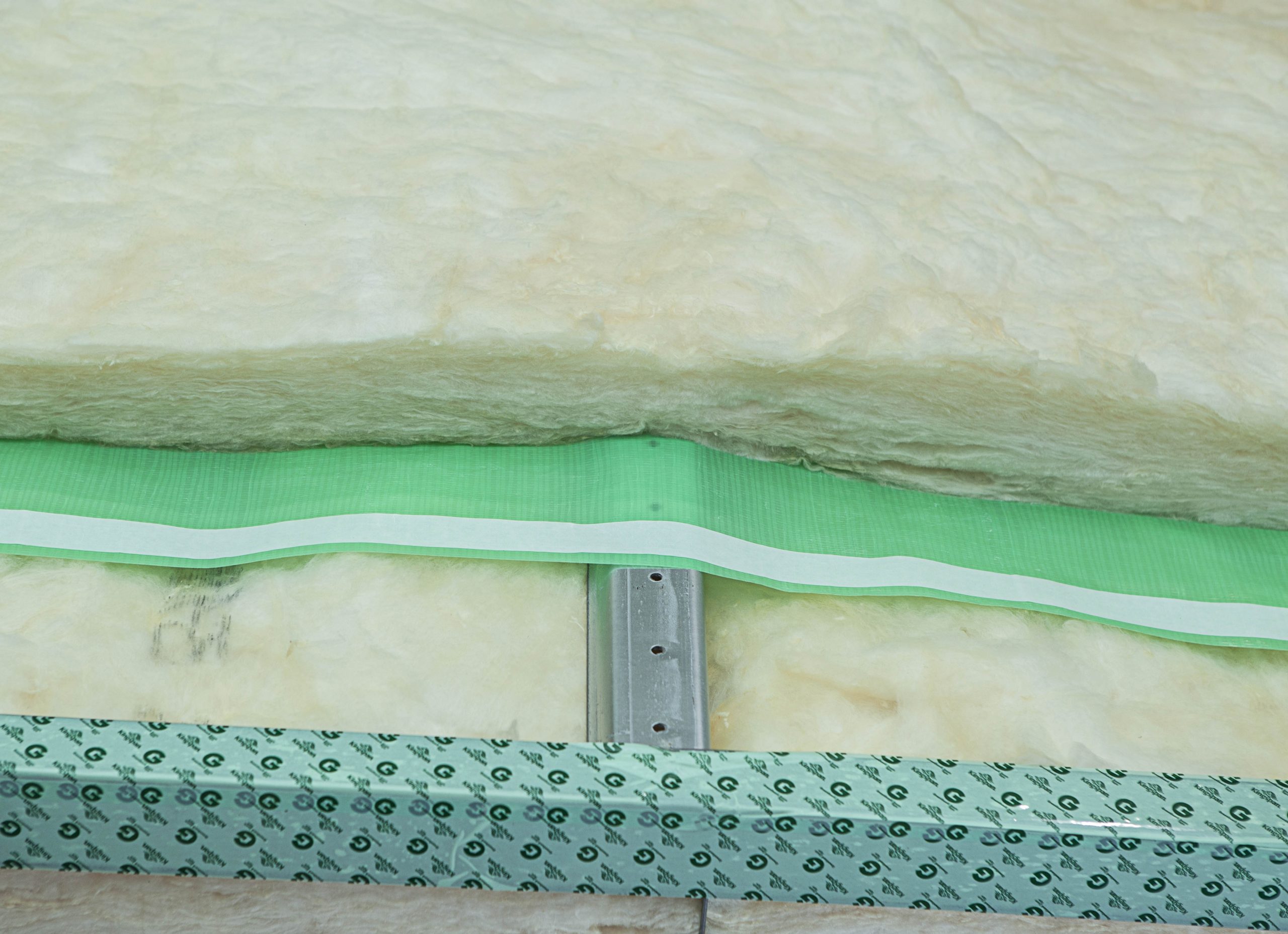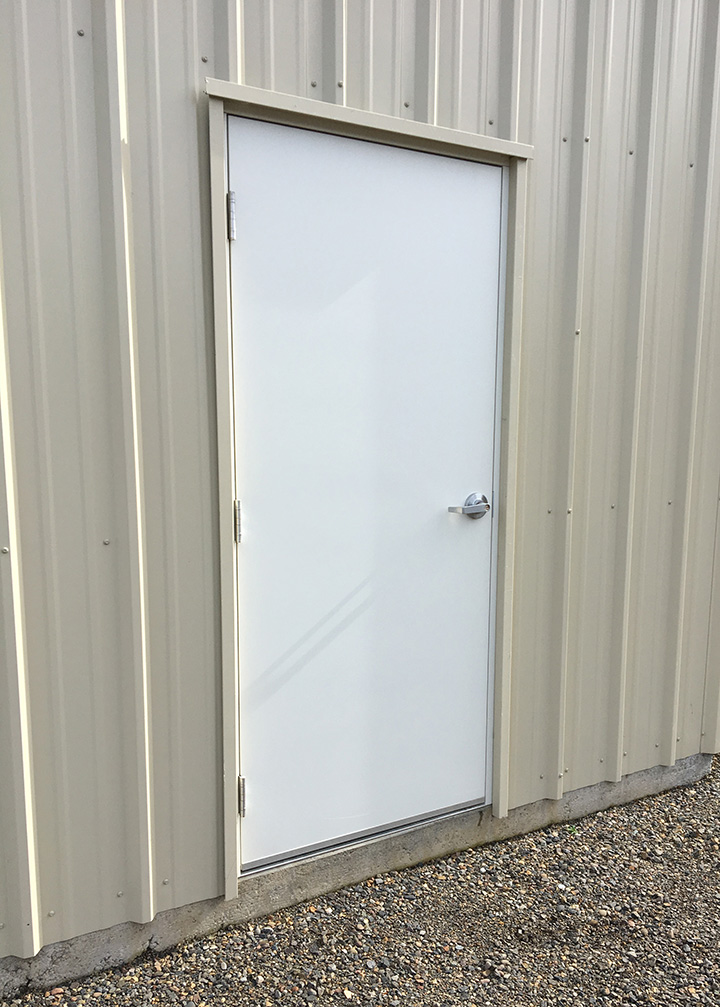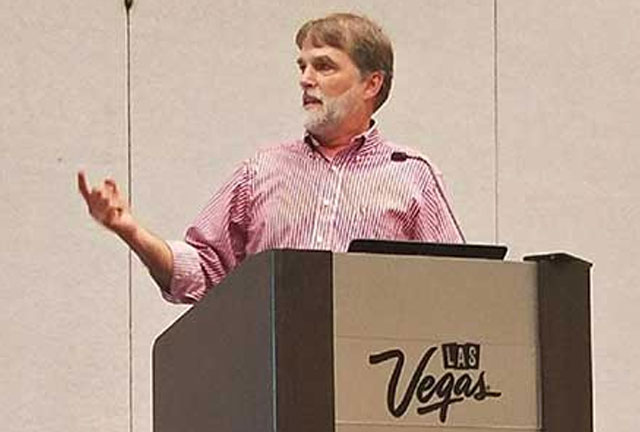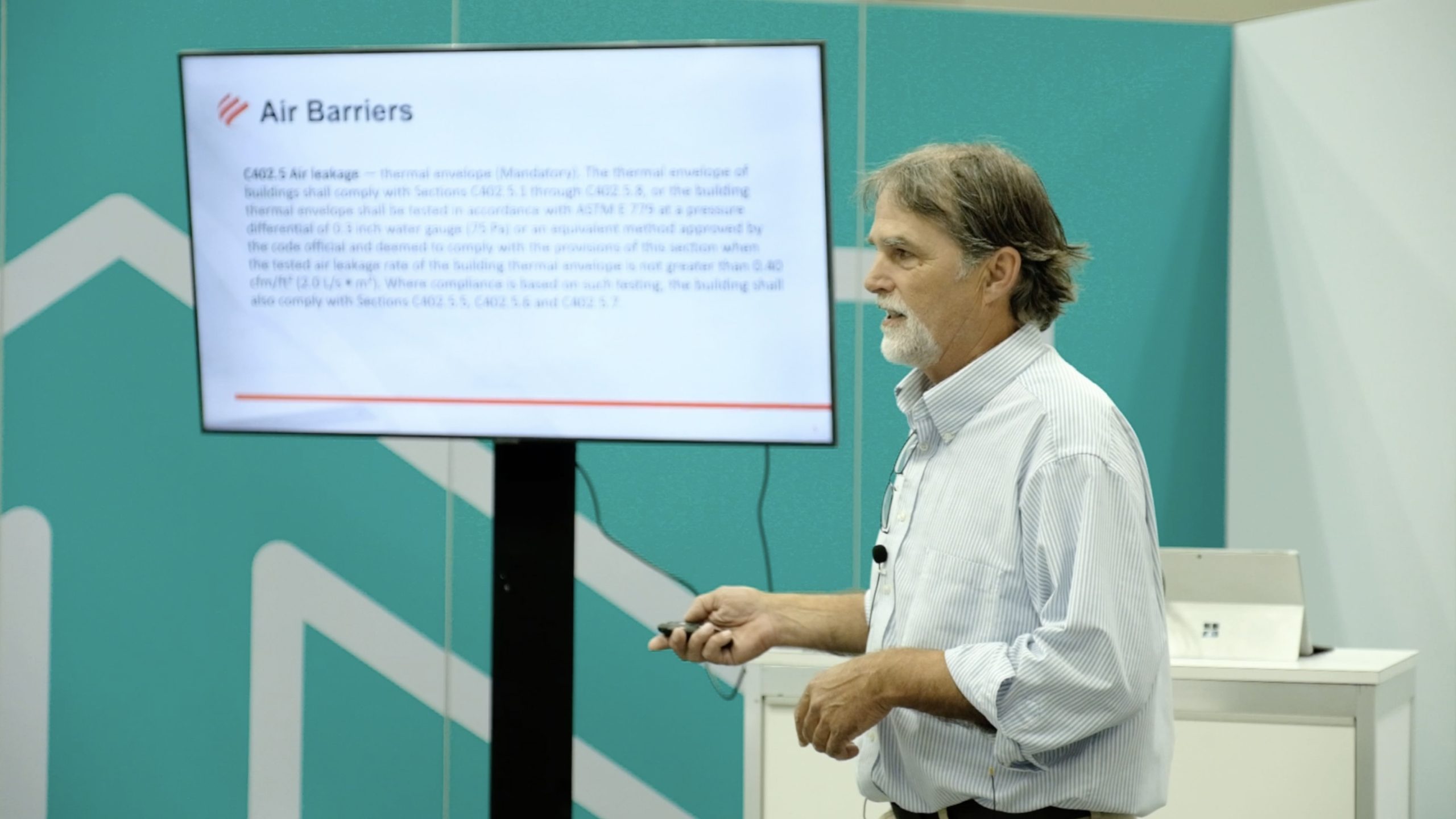
Over the past few months, I’ve attended various industry meetings around the country, immersing myself in all things energy codes. Many of the discussions centered around updates in the IECC 2021/ASHRAE 90.1-2019 (’21/’19) energy code cycle, which will have a significant impact on metal buildings. In this mid-year update, I’ll share some of the insights I’ve gleaned throughout my travels. I’ll also review some of the challenges and opportunities that the most recent code changes present for metal building contractors and designers.
Make no mistake about it: You should become familiar with the latest code requirements even if your state or jurisdiction is a few code cycles behind. Adoptions are constantly made, and you’ll be better positioned to service your future projects if you know what’s on the horizon. Let’s dive in.
Key Updates
U-Value Changes in IECC 2021
U-value changes were top-of-mind at every meeting I attended. Metal building wall U-values have become more stringent in the following climate zones, jumping from U-0.052 to:
Climate Zones 5 and 6
IECC 2021: U-0.050
Climate Zone 7
IECC 2021: U-0.044
Climate Zone 8
IECC 2021: U-0.039
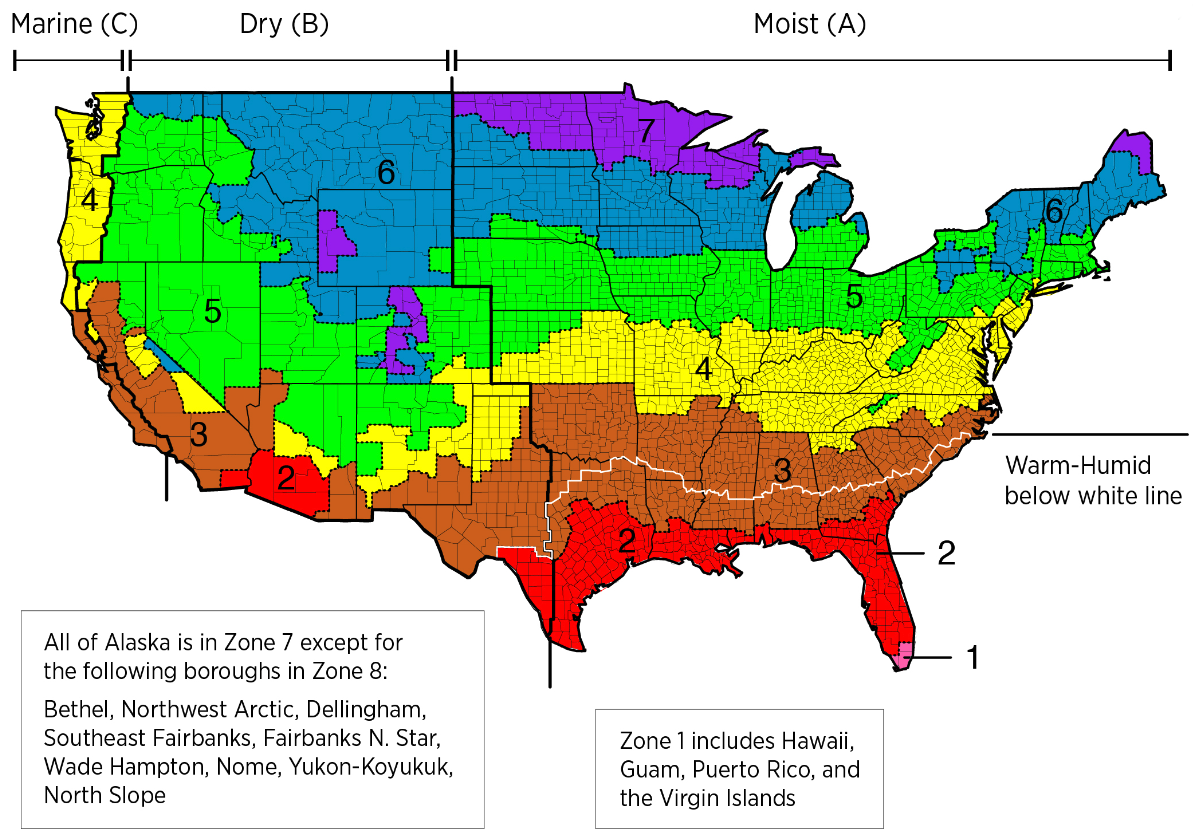
Air Barrier Updates in IECC 2021
The first mention of air barriers was in IECC 2009, and the IECC 2015/ASHRAE 90.1-2013 cycle made air barriers mandatory provisions. IECC 2021 takes it a step further and requires air barriers to be verified:
Section C402.5.1.5 Requires Building Performance Verification. The installation of the continuous air barrier shall be verified by the code official, a registered design professional or approved agency. This section lays out review of documents, inspections during construction, and a final commissioning report. There are some exemptions based on building sizes in certain climate zones, but you still must meet the materials, assembly or whole building testing requirements in most cases. Exemptions can be found in IECC 2021 section C402.5.1.2
Remember that the air barrier must be located within the building’s thermal envelope. It can be placed on the interior side, exterior side, somewhere within assemblies composing the envelope, or any combination thereof. It is also mandatory to identify the air barrier in drawings and for it be continuous across joints and assemblies. Joints and seams must be sealed and securely installed. Penetrations and joints and seals associated with penetrations must be sealed in a manner compatible with construction material and location.
Insulated Metal Panels: U-Value Changes in ASHRAE 90.1-2022
The ASHRAE 90.1-2022 Standard includes the following in section A9.4.7: U-factors of insulated metal panels shall be determined by two- or three-dimensional finite difference or finite volume computer models or by testing in accordance with Section A9.3.2 and shall include panel side joints.
“If Opportunity Doesn’t Knock, Build a Door”
The latest code cycle (‘21/’19) includes more stringent air sealing and blower door testing requirements, stricter lighting and mechanical system updates, and a reduced BTU table for semi-heated space (you can read more about those in my blog post from last year). These updates make meeting code more complex than ever. You could spend hours deciphering the code jargon alone. My #1 recommendation for contractors, erectors, and building designers is to rely on your team and utilize the resources available. Suppliers should understand the section of the code related to their product and guide you in code compliance. Your Therm-All sales rep is a part of your team. Our salesforce regularly participates in continuing energy code education so that you don’t have to. We’re on top of the building envelope updates throughout
the country, and we view energy code consultation as part of our job.
Resources
Useful Links

Code Status by State
The chart below, which is a comprehensive list of code adoptions in each state, is current as of June 2023. You can think of this as a guideline to help determine which adoptions have been made in your state.
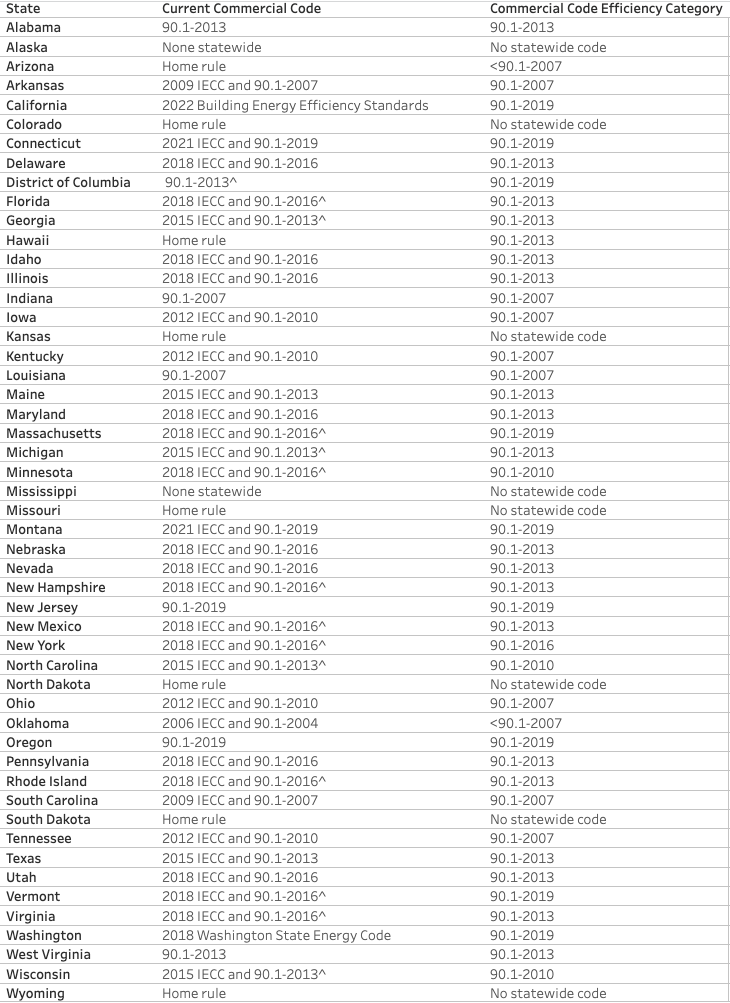
The Code Man Tour Continues
—–
Bill Beals, District Manager of Therm-All, is a 38-year veteran of the metal building industry and a contributing member of several committees, including the Metal Building Manufacturers Association (MBMA) Energy Committee and the National Insulation Association (NIA) Laminators Committee. Bill also belongs to the American Society of Heating, Refrigeration, and Air Conditioning Engineers (ASHRAE) and the International Code Council (ICC).Bill has contributed to many articles and reference guides on commercial energy codes, and is often invited to share his extensive energy code knowledge at various conferences and educational seminars.

